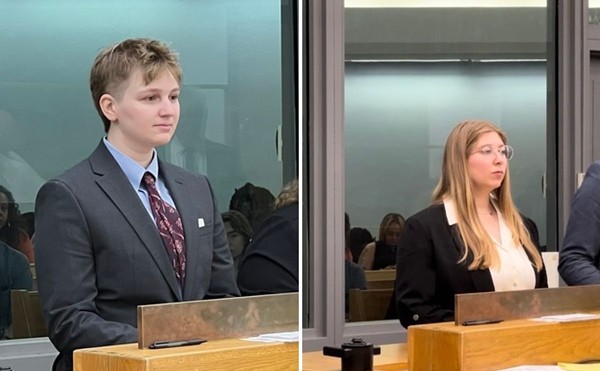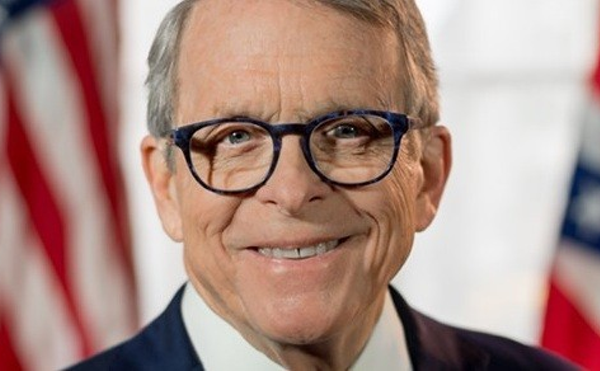A
showdown is looming between the YMCA of Greater Cincinnati and a group that wants to keep two YMCA branches open in Walnut Hills and East Walnut Hills.
In 21 days the Williams and Melrose branches are scheduled to close despite the opposition of some residents. YMCA leaders heard the complaints against the planned closings during a July 26 public forum hosted by City Councilman Wendell Young and Vice Mayor Roxanne Qualls.
Both political and community pressure remain high on the YMCA board, which has yet to respond publicly to the “outpouring of disgust” spoken at the forum or address the $6.1 million in funding from the Cincinnati Metropolitan Housing Authority (CMHA) that it lost as a result of the dispute.
“The lack of respect you (YMCA leadership) have shown the community is a slap in the face and we decided not to be in partnership with an organization like this,” said CMHA President Lamont Taylor during the public forum.
Taylor is a member of the Willliams branch and other board members have close ties to the Melrose branch.
Still, the CMHA board’s vote to pull the funding was a close one, 3-2. One CMHA board member who opposed the action, Laura Brunner, told The Business Courier that CMHA was “reckless” and punishes the low-income residents who would live in the Dennison.
The CMHA funds were part of a partnership the organizations had agreed to in May in conjunction with the multimillion renovation projects of the Dennison Hotel on Main Street downtown and the top six floors of the Central Parkway YMCA.
The political pressure will intensify this week when City Councilman Charlie Winburn is expected to introduce a resolution restricting the city from honoring any further funding requests from the YMCA and to object to the Aug. 22 closing of the Williams and Melrose branches.
The group of residents, known as the Keep the Williams and Melrose YMCAs Open Coalition, seeks a delay in closing, a chance to develop solutions for both facilities to stay open, transparency in the decision-making process and a role in deciding the branches’ future.
“We are not children, and yet we have been treated as such,” said Laura Carr, a coalition leader who is a longtime member of the Williams branch. “We have suffered through the indignities of shoddy equipment, minimal upkeep of facilities, a reduction of programs and services, decreases in classes, minimal managerial oversight and facilities that are markedly less than those provided to the Central Y and suburban YMCAs.”
“The physical condition of the Williams and Melrose Ys are evidence of the calculated neglect to justify the closure of these two buildings,” Carr added.
The group alleges there has been a lack of accountability and transparency by the YMCA administrators. Members had no warning and the only communication they received from the YMCA leadership is a June 29 letter placed on the counter of each affected branch alerting the members their branch was closing.
The YMCA of Greater Cincinnati has several branch locations located throughout the city, but only four are located in predominantly African-American neighborhoods: West End, downtown, Walnut Hills and East Walnut Hills.
“All the community is asking for is an explanation as to why they’re closing and a six-month extension to address any concerns,” says Councilman Wendell Young. “Having the YMCA close down 66 percent of its city-based centers is devastating to our community and hurts our city’s overall quality of life. We need to be doing everything we can to make sure these gyms stay open.”
YMCA President Sandra Berlin Walker explained both in the media and at the public forum that changing demographics, low membership numbers and members mainly coming from a Norwood-based zip code were deciding factors as to why the branches needed to close down.
The Melrose branch has evolved into an adult facility with participation in programming down 50 percent in the past four years, Walker said.
The Williams branch is no longer viable to meet the facility design needs of a YMCA, she added. It would require unjustifiable capital improvement to continue its operation. Membership at Williams has dropped 29 percent over the past three years with only 168 people utilizing the facility on a daily basis during a 16-hour day.
The attempt to close the Williams branch isn’t surprising to some members. The YMCA tried five years ago to close the facility, and members rallied then to fight to keep their branch open.
Joining the fight is the Center for Closing the Health Gap. As obesity rates continue to rise nationwide, African Americans are disproportionately affected due to lack of access to fresh vegetables and fruits and safe recreational facilities. The YMCA branches in Walnut Hills and East Walnut Hills comprise two of the three branches in predominately African-American neighborhoods in the city.
“Clearly, those who live in the area are some of the citizens who need physical activities the most,” said Dwight Tillery, president of the Center for Closing the Health Gap. “We will be urging the central office of the YMCA to at least give the community, members and other interested groups an opportunity to see what can be done to keep the branches open.”





